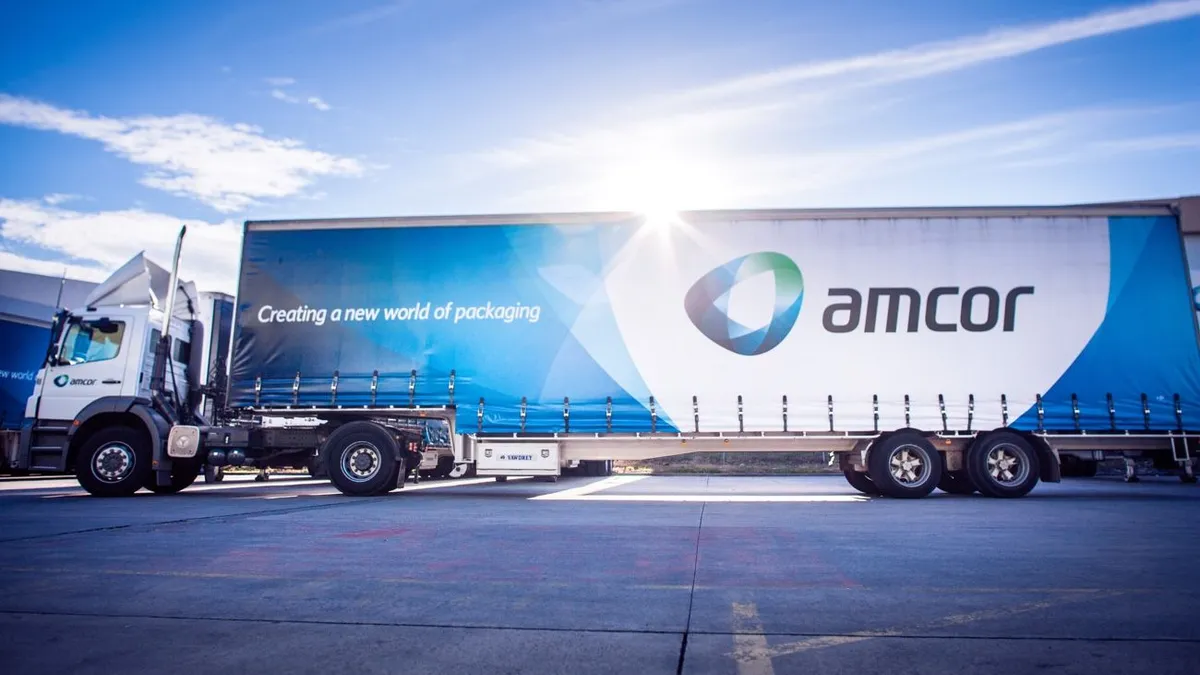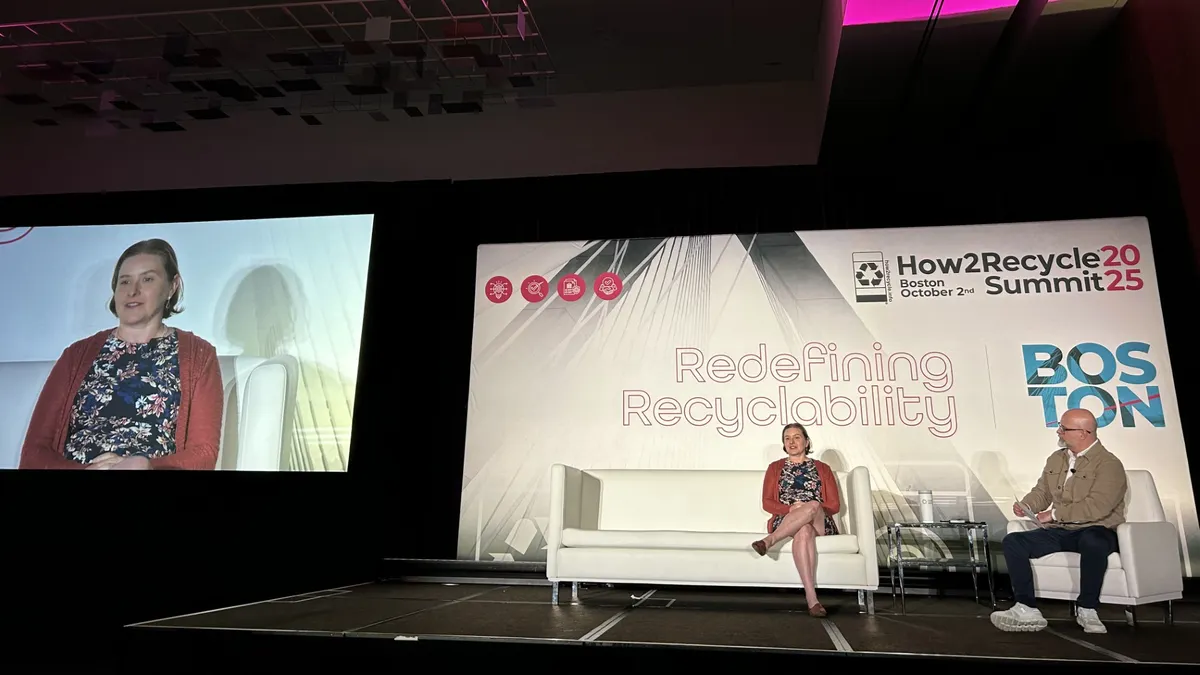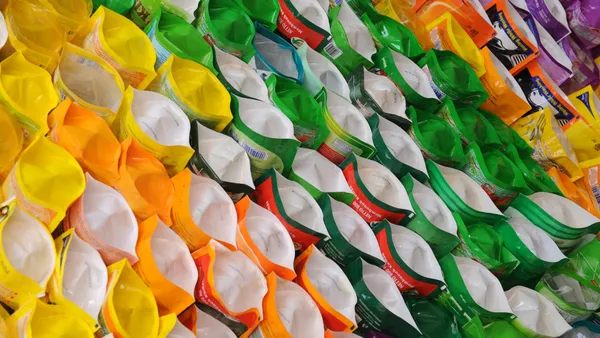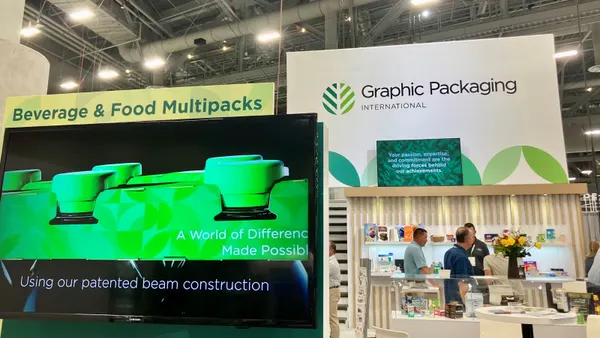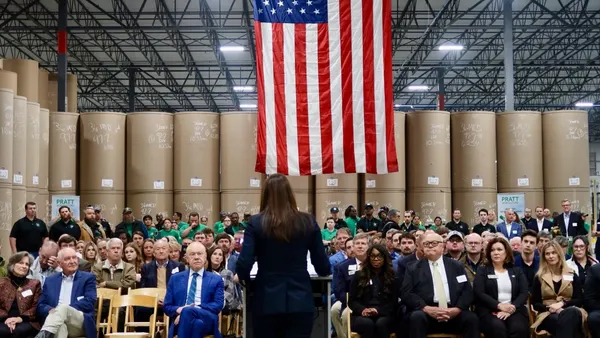- Results: Amcor’s net sales in its fiscal fourth quarter totaled $3.54 billion, driven in part by a 1% year-over-year increase in volumes. Interim CEO Peter Konieczny said the company finished its 2024 fiscal year, which ran through June, “strongly” due to sequential volume and earnings improvements. Adjusted earnings per share also increased 9% in the quarter and landed at 70.2 cents, within previously delivered guidance. Adjusted free cash flow of $952 million exceeded guidance.
- Segment trends: Amcor said volumes “remained soft” in healthcare and in its North American beverage segment during the quarter, which affected overall volumes by 2%. Flexible packaging volumes were up year over year, including in markets such as home and personal care, meat, cheese and unconverted film and foil.
- Volume factors: While some analysts questioned whether Amcor’s volume growth was due in part to favorable comparisons with prior quarters when destocking was a bigger issue, Konieczny said there was more to the story. He noted that while “consumer demand continues to be muted” and may remain that way for the near future, “our customers are starting to do better” and “we’re demonstrating an ability to win with those customers.”
- Beverage trends: Konieczny said this category continues to be affected, particularly in North America, because consumer beverage spending is more discretionary and some customers “are in their totality underperforming the market.” He also said Amcor’s rigid plastic options may be losing a small amount of market share to competing substrates among bulk purchasers, as “consumers are shifting to the better value option and those tend to be aluminum cans which are sold in multipacks.”
- Inflation: CFO Michael Casamento said inflation effects are abating, citing $190 million in related costs for FY24 versus $340 million in FY23. Labor remains the leading source of cost inflation, he said, whereas raw material costs are “pretty benign.” Casamento said Amcor has worked diligently to manage labor costs, including ramping down shifts. He expects the company will retain some of those benefits even as volumes come back because “we’re more efficient today.”
- Capital allocation: Amcor spent an estimated $750 million on dividends and stock buybacks during FY24, with remaining authorization for more buybacks. Casamento said acquisitions remain the best use of the free cash, when possible, noting that “we have a good M&A pipeline and there’s opportunities there as always.”
- Outlook: Amcor guided adjusted free cash flow of $900 million to $1 billion in FY25. This does not account for the potential end of destocking patterns in healthcare, which executives believe could abate in the coming quarters after getting a later start than other categories.

Amcor reports volume momentum, despite drag from healthcare and beverages
Interim CEO Peter Konieczny said that aside from lagging healthcare destocking and softness in consumer beverage spending, the company is seeing volumes tick up.
